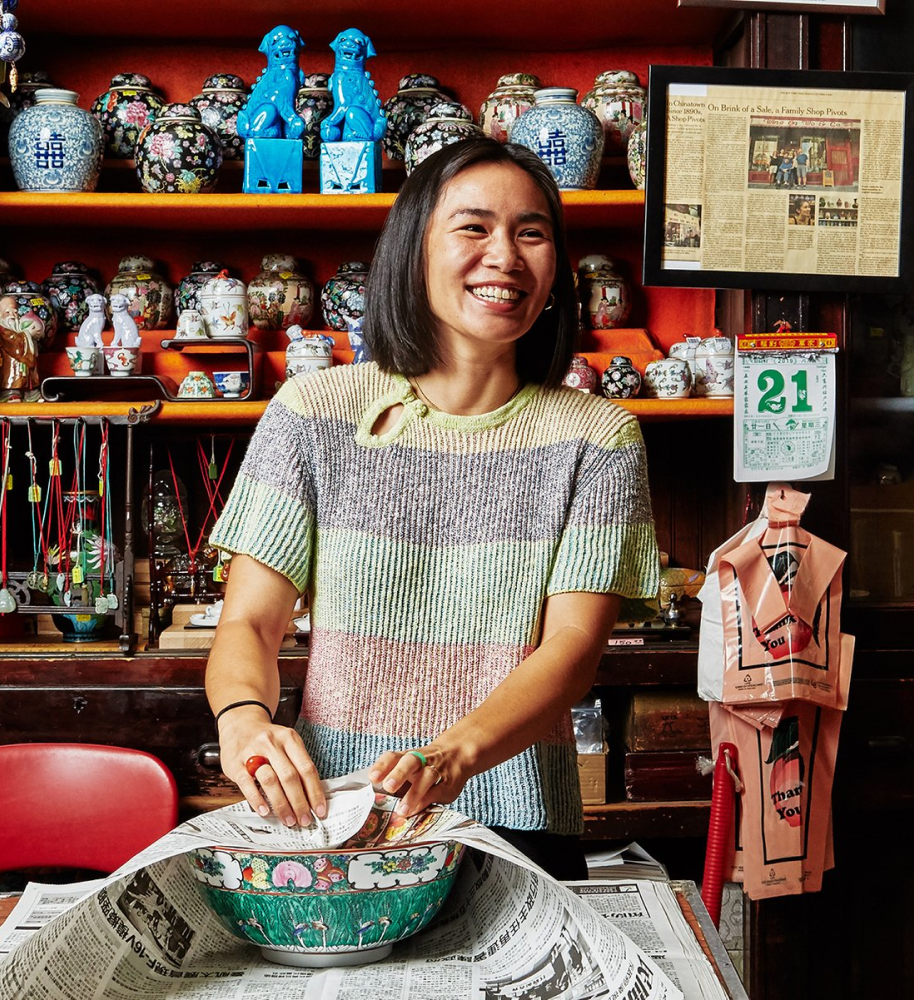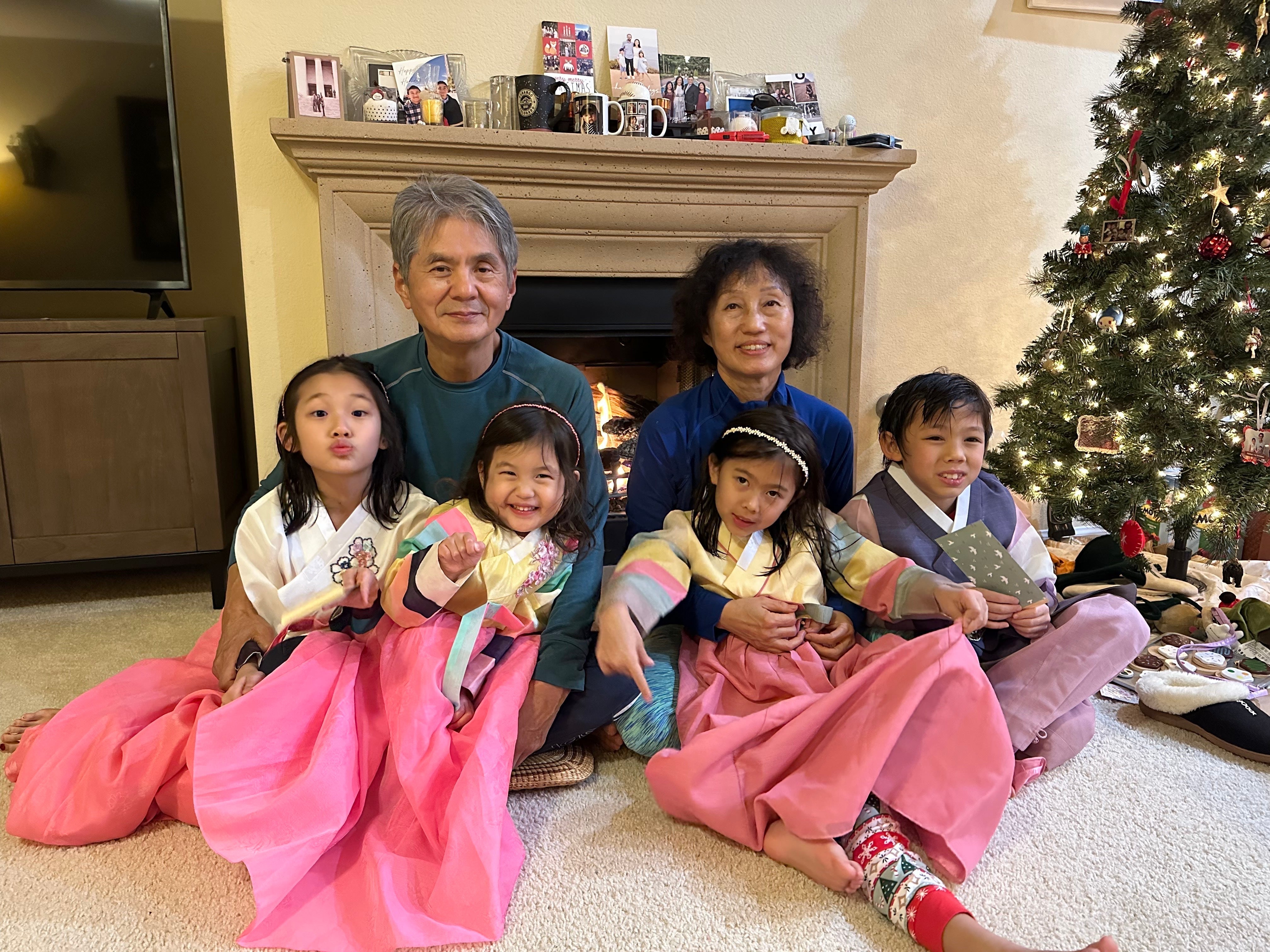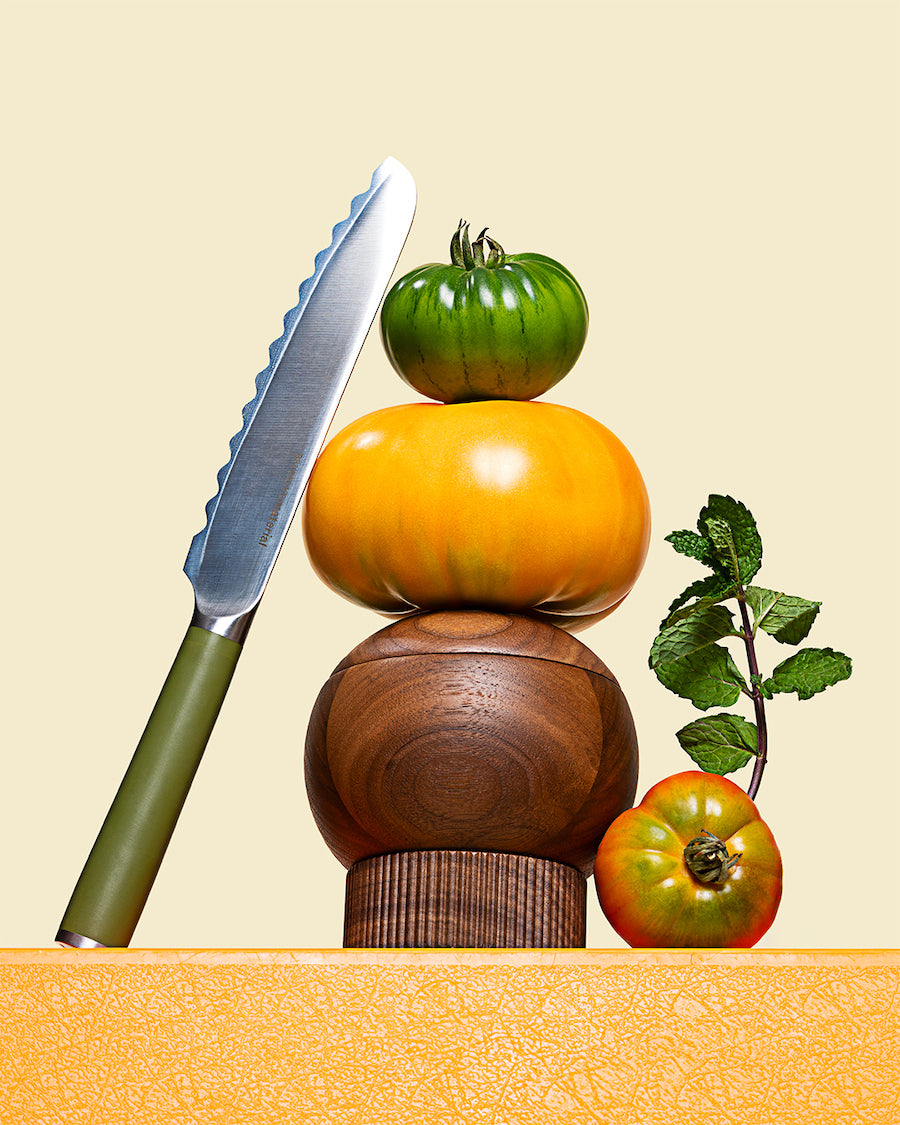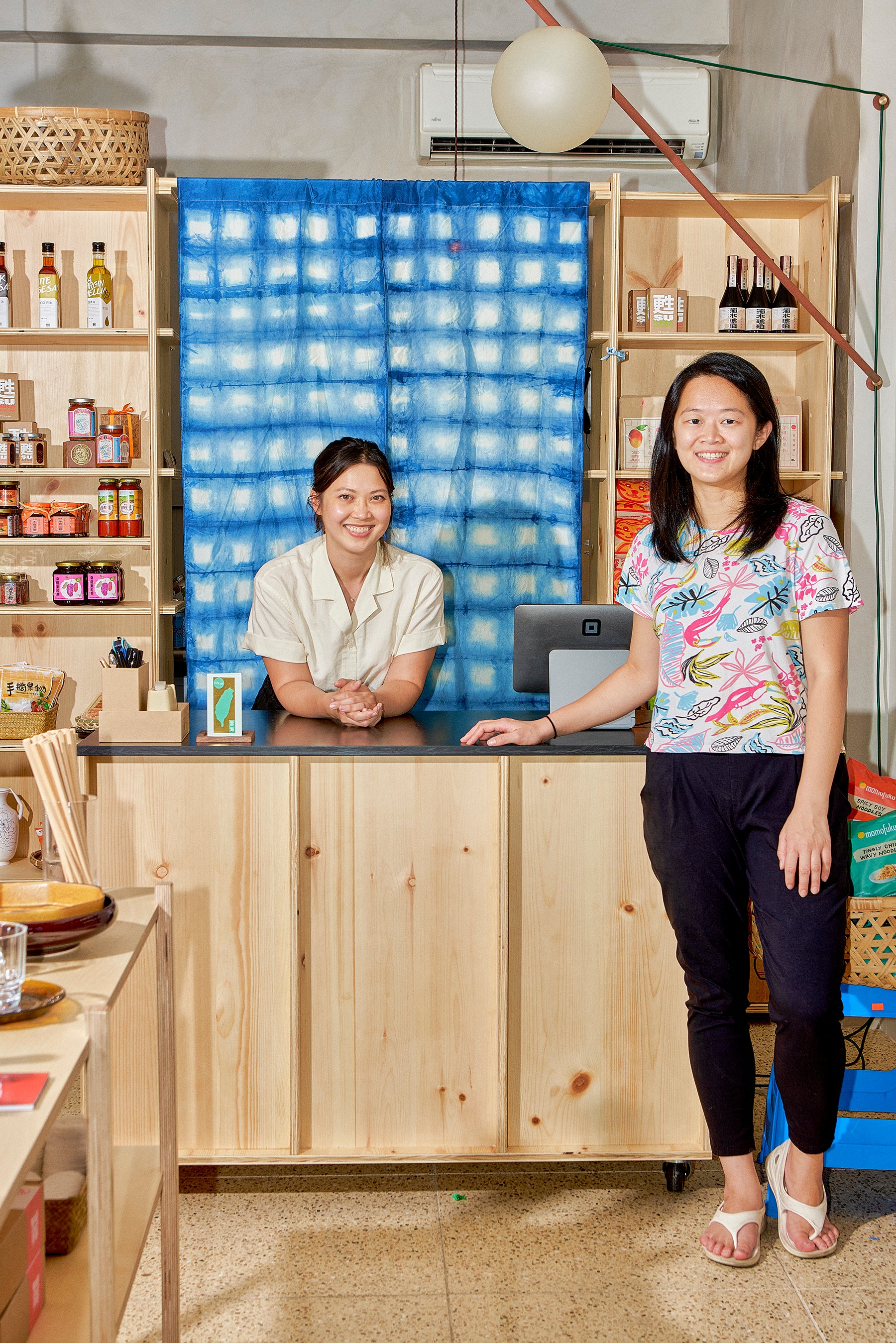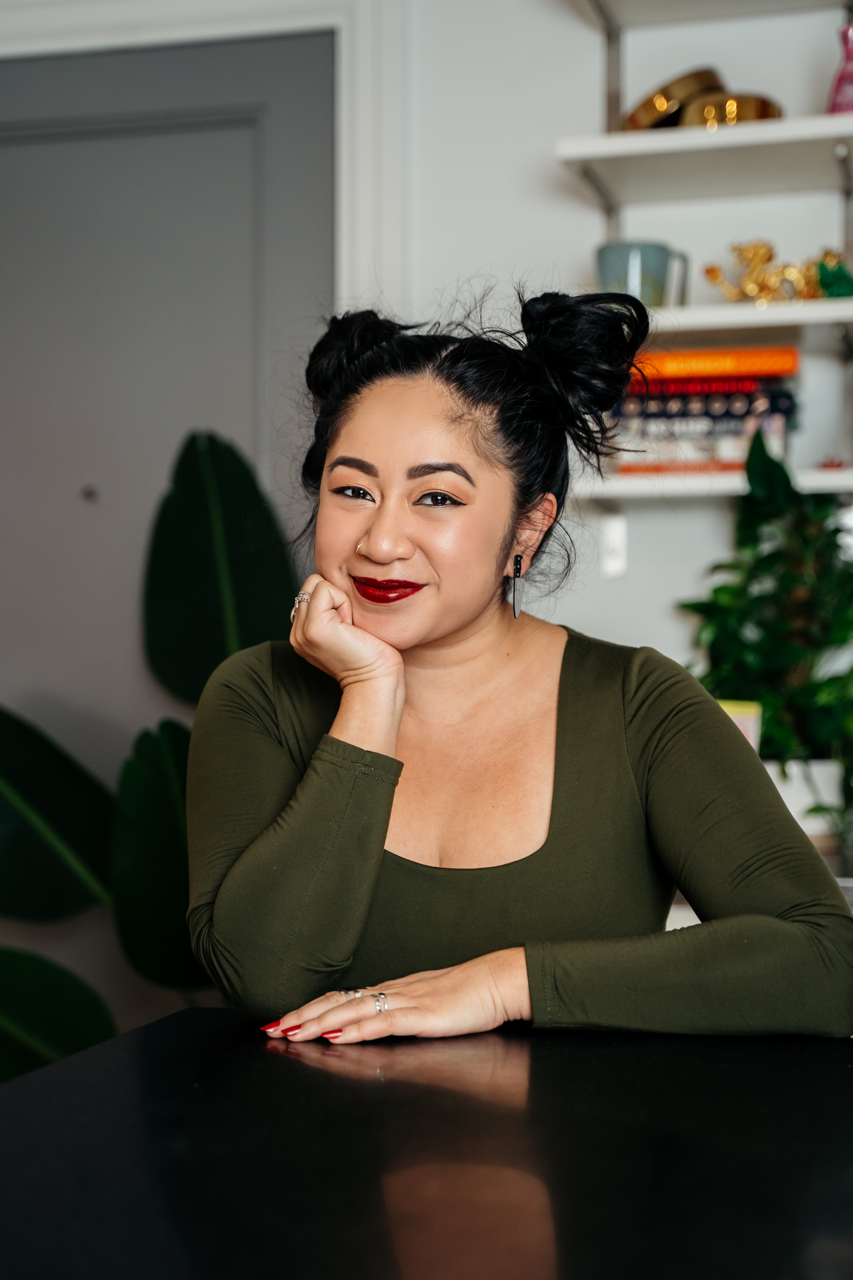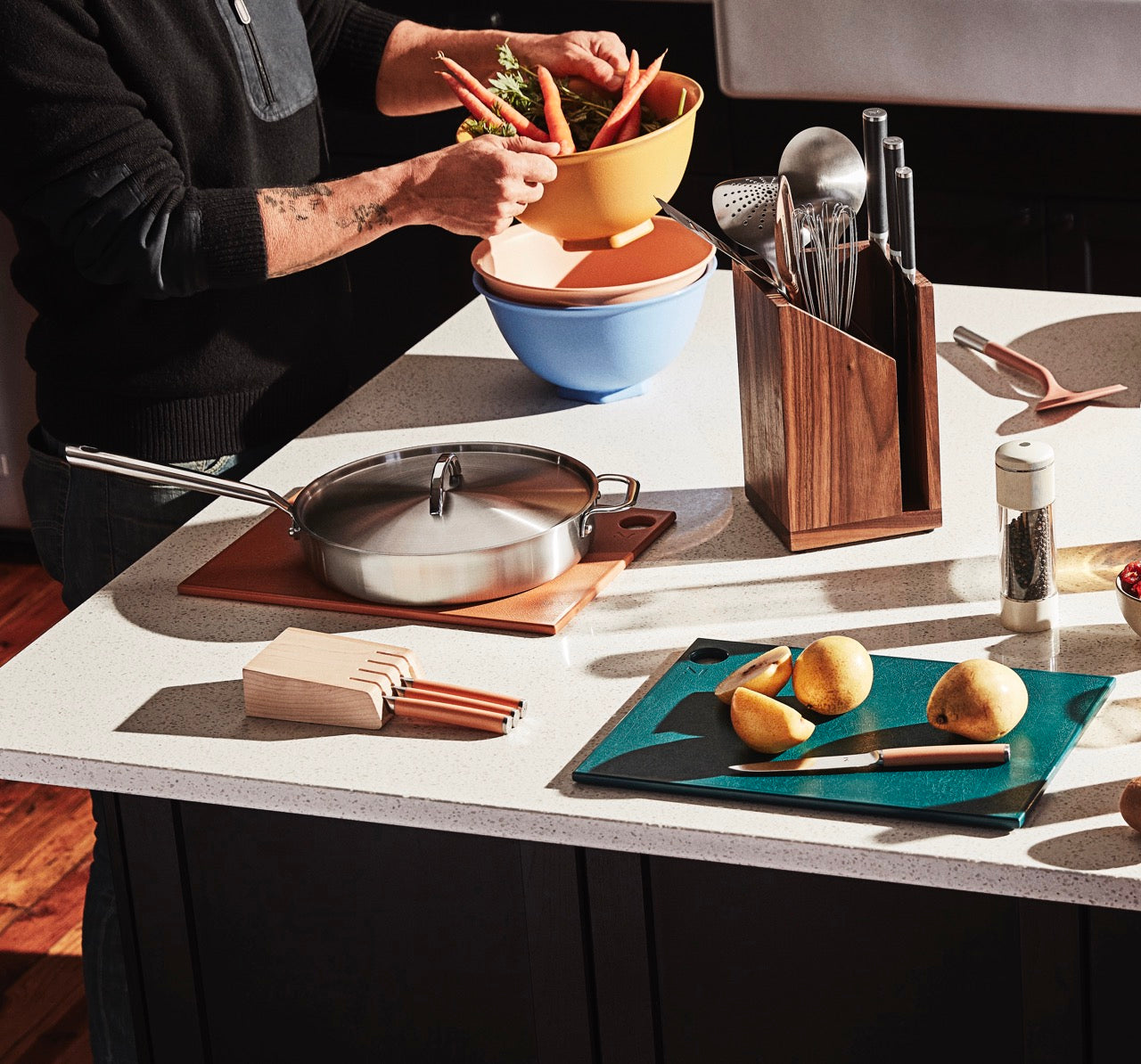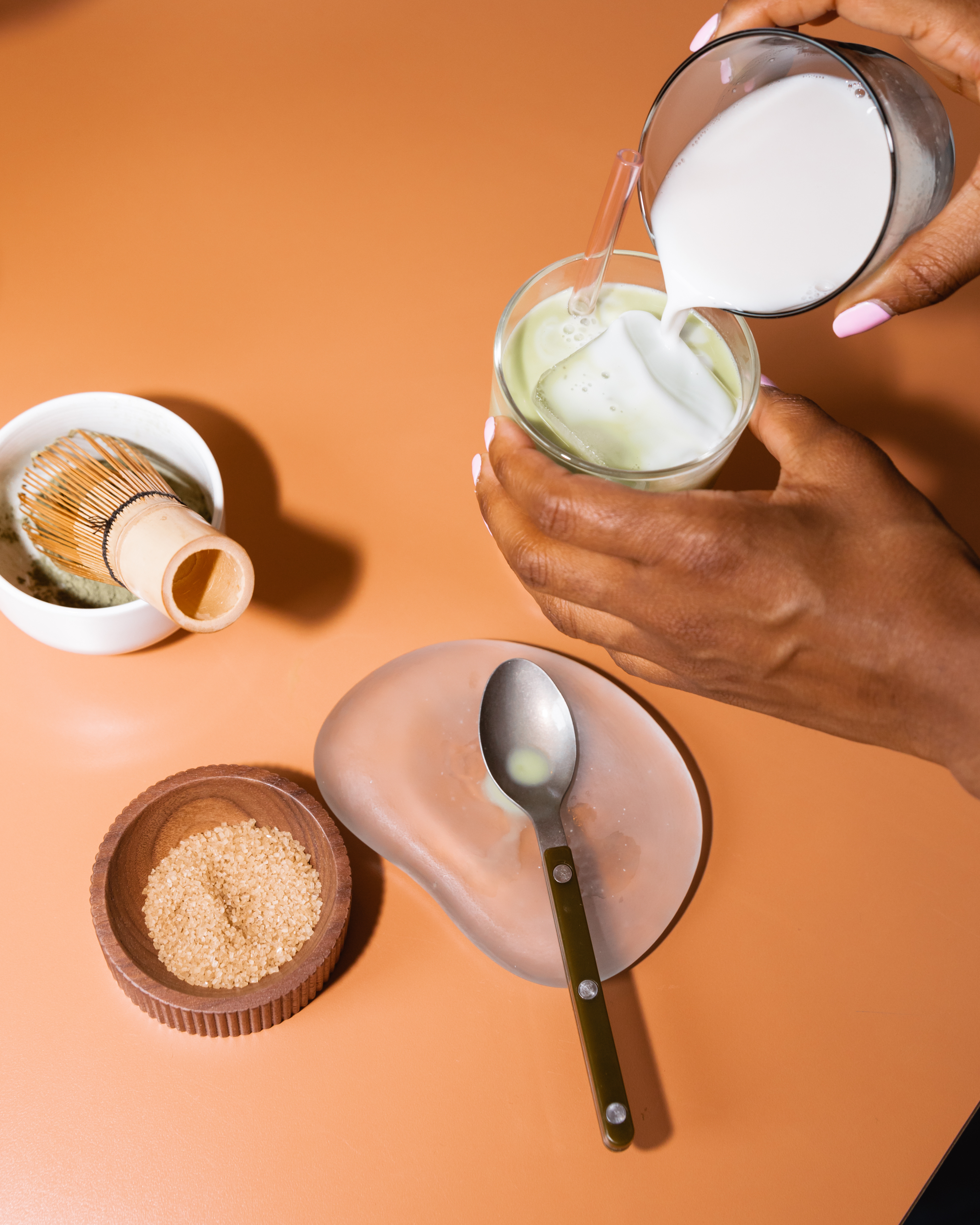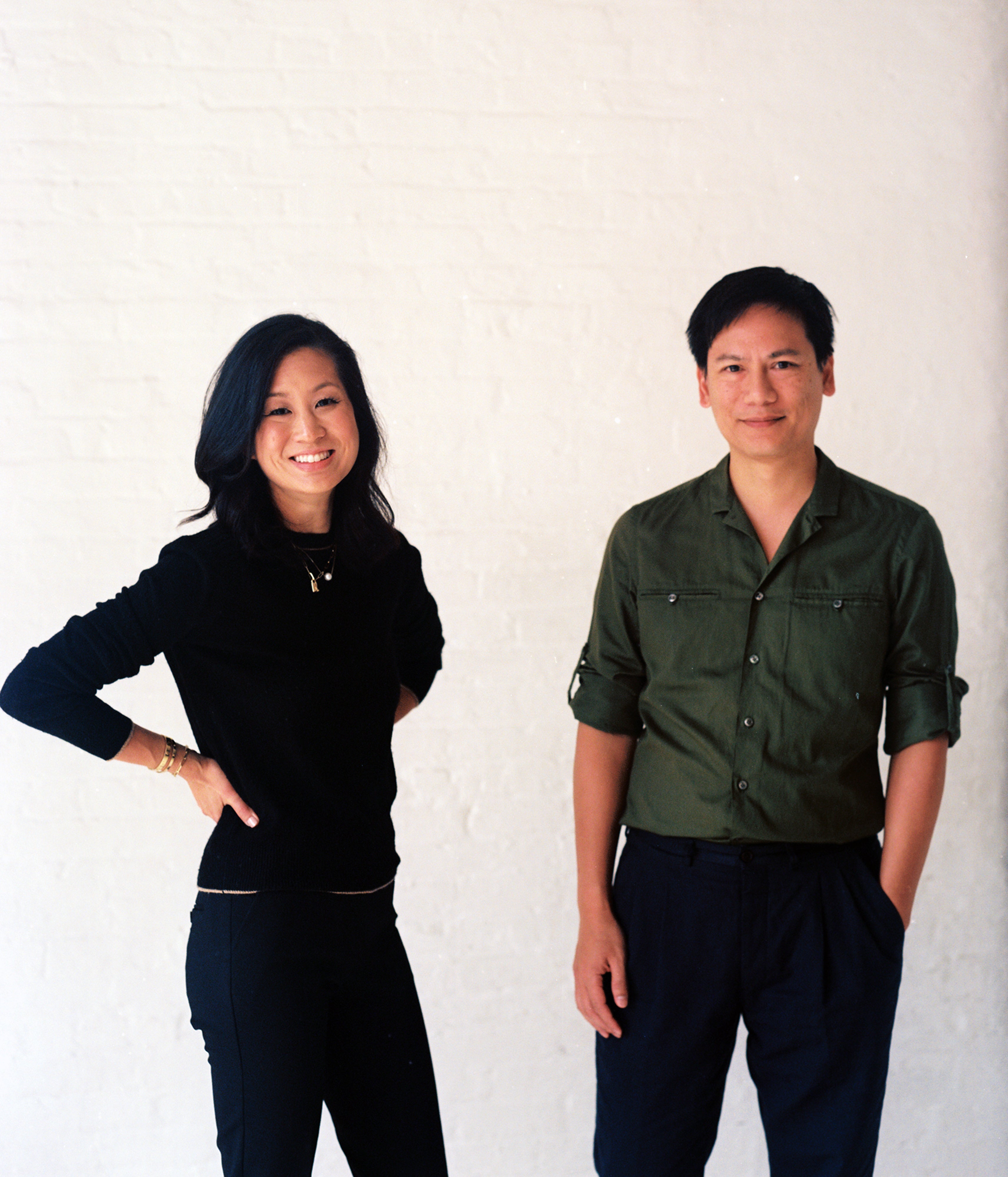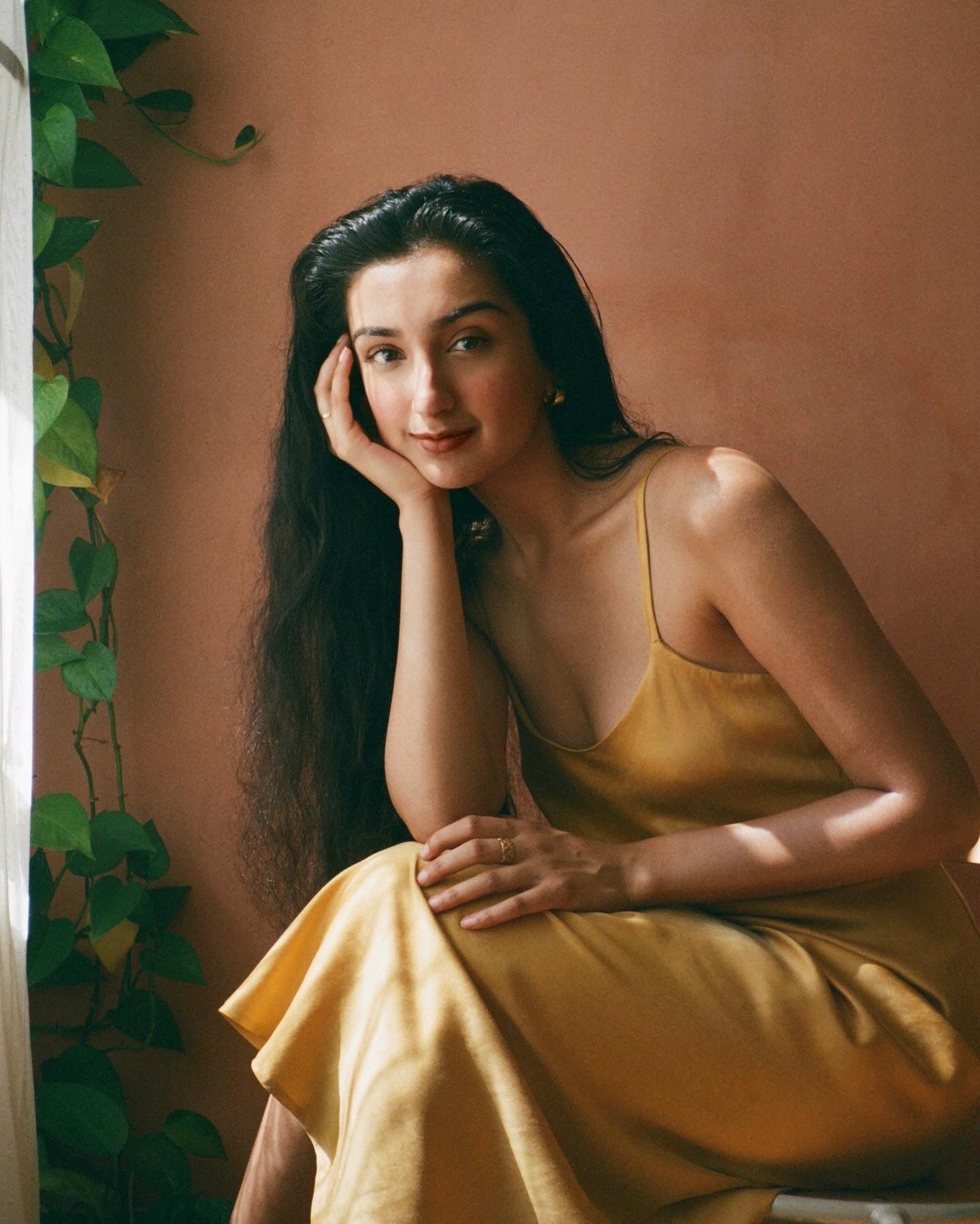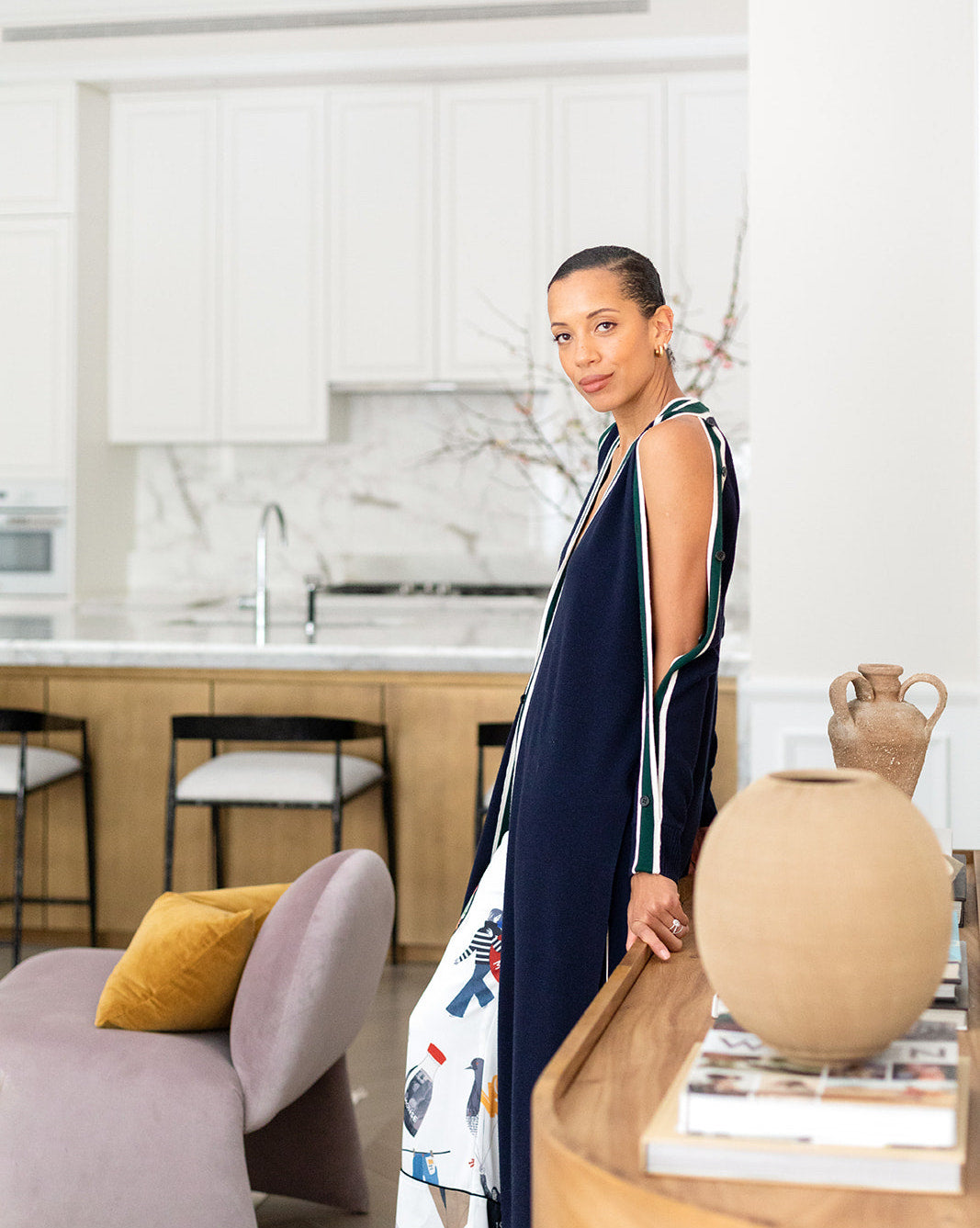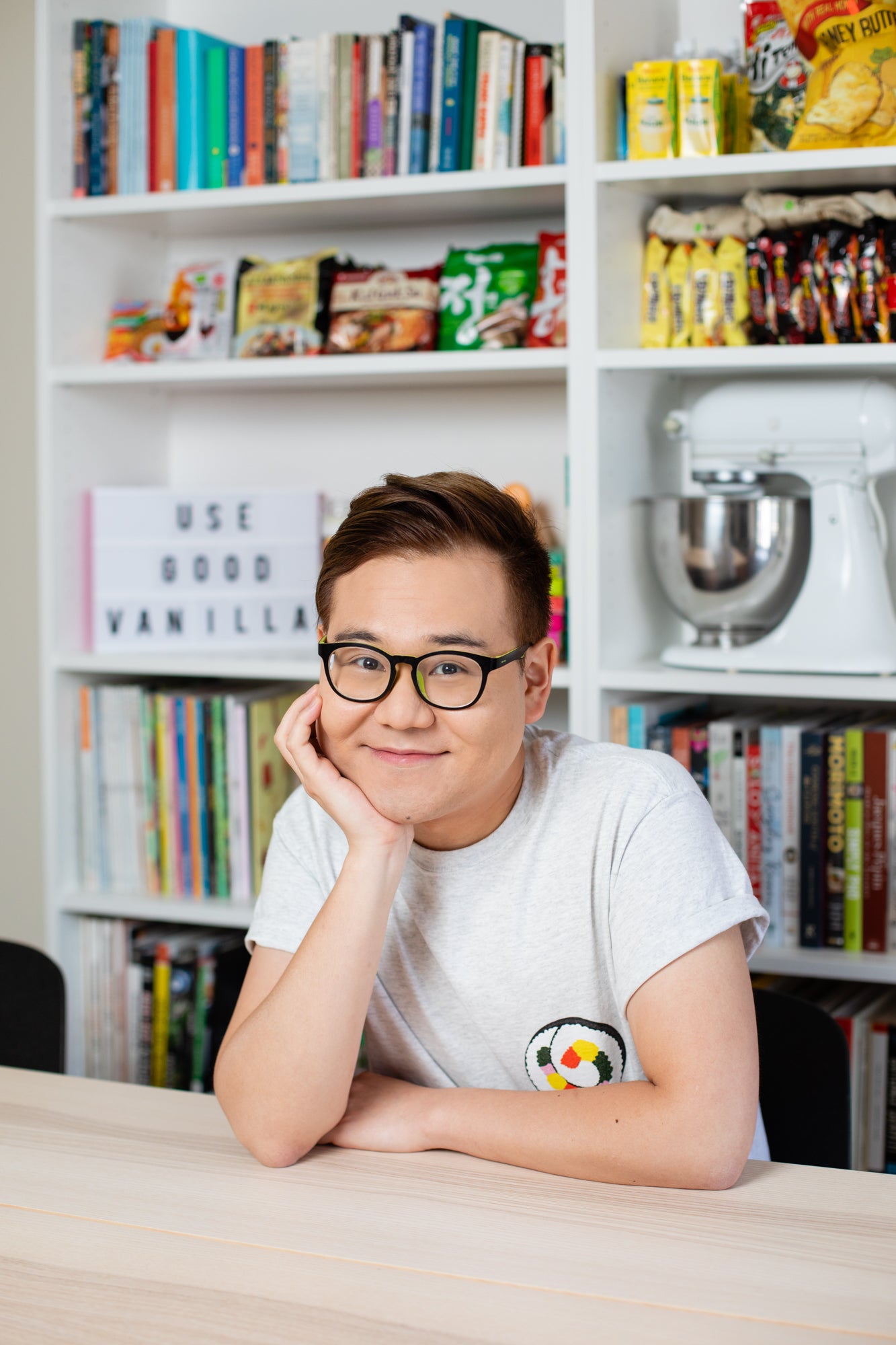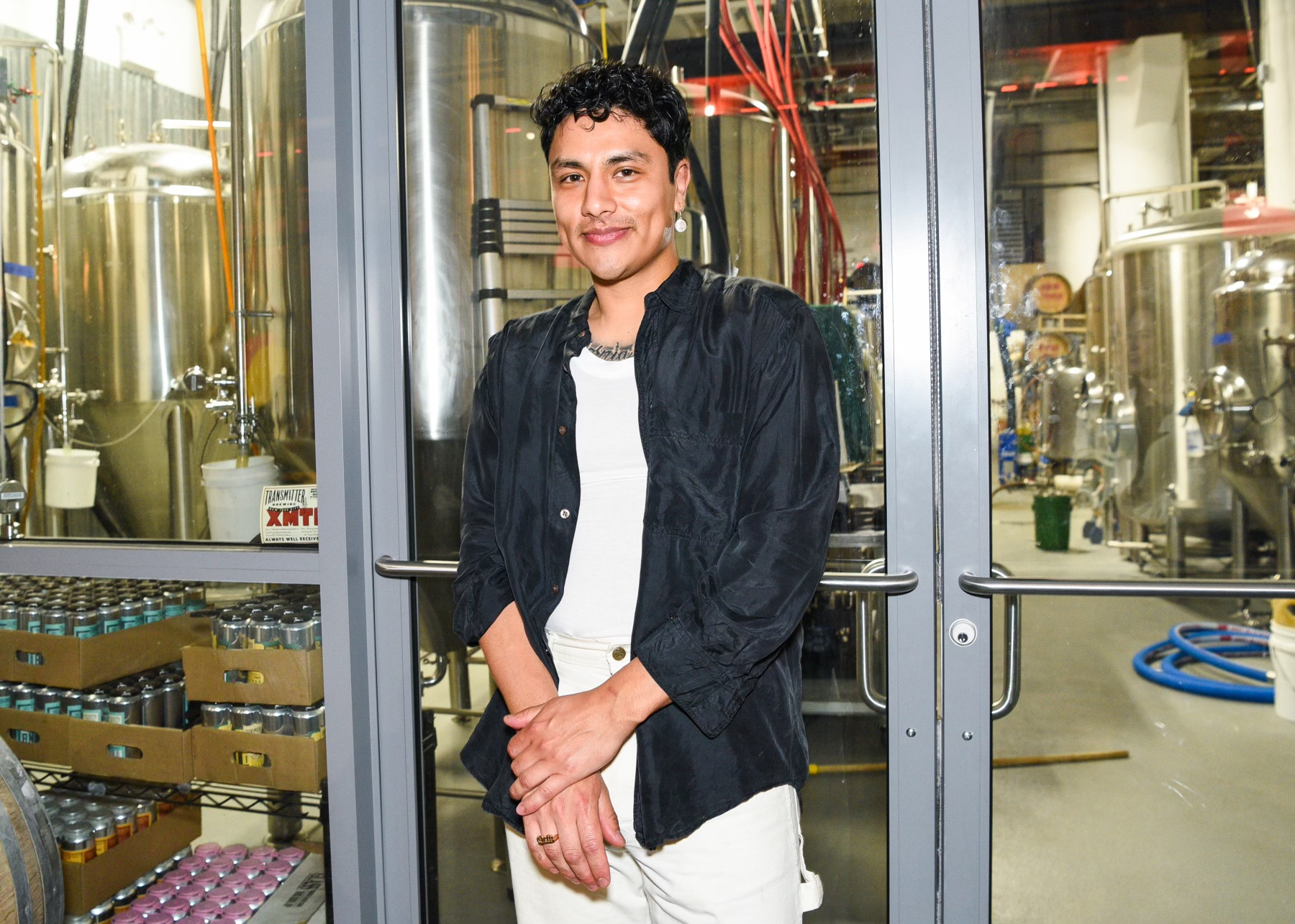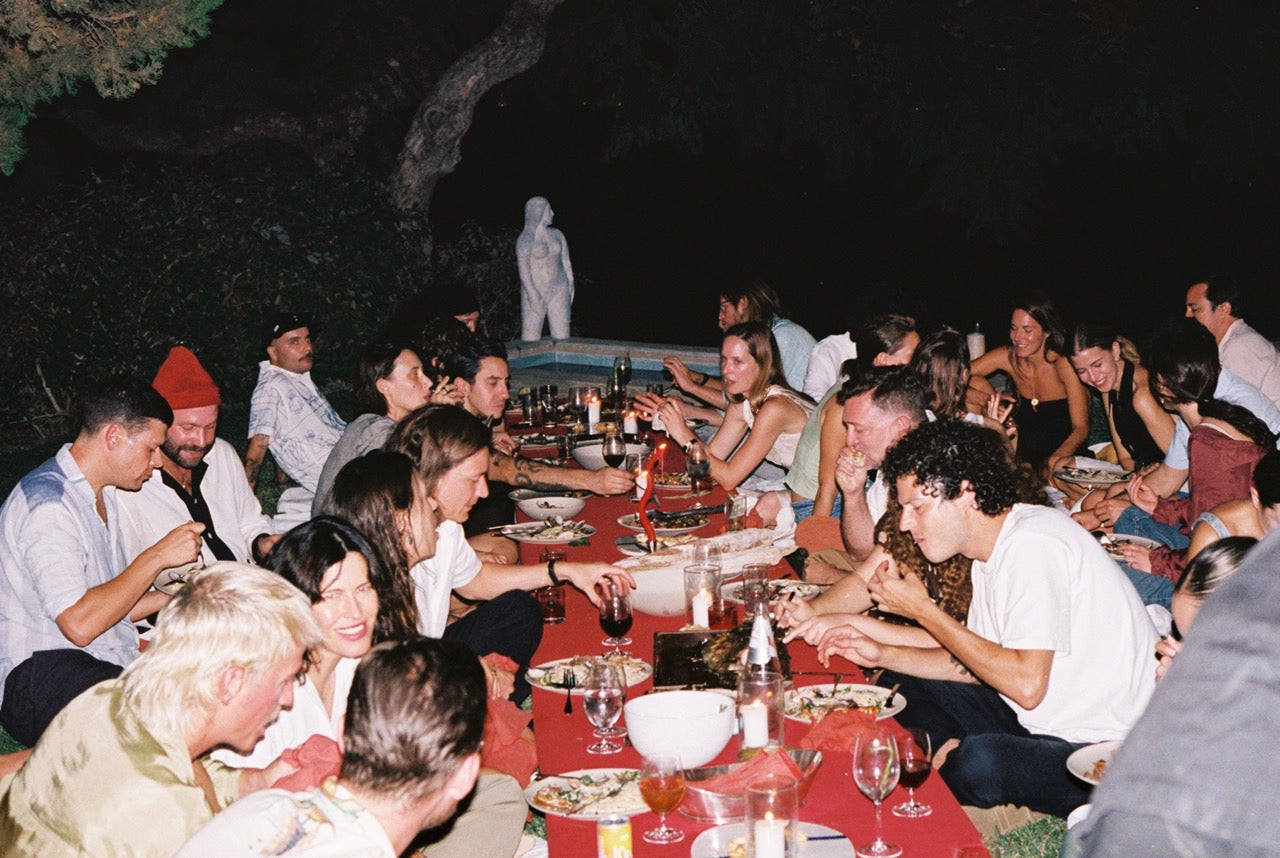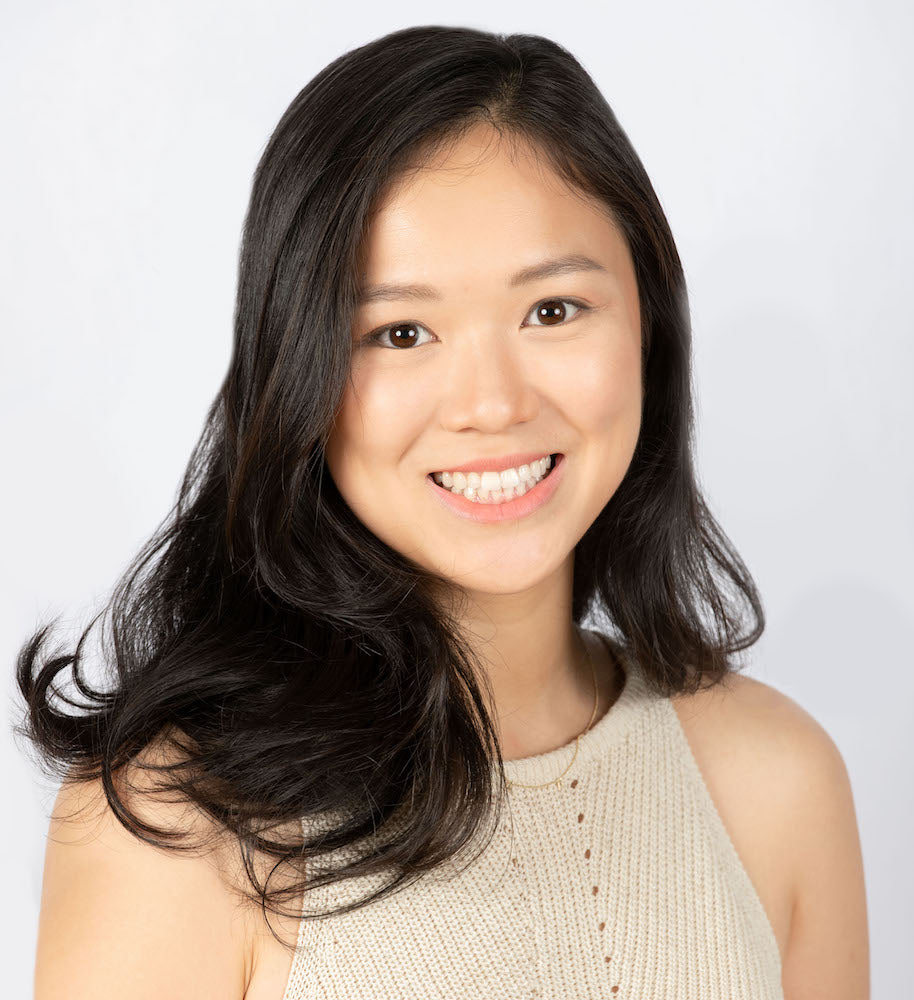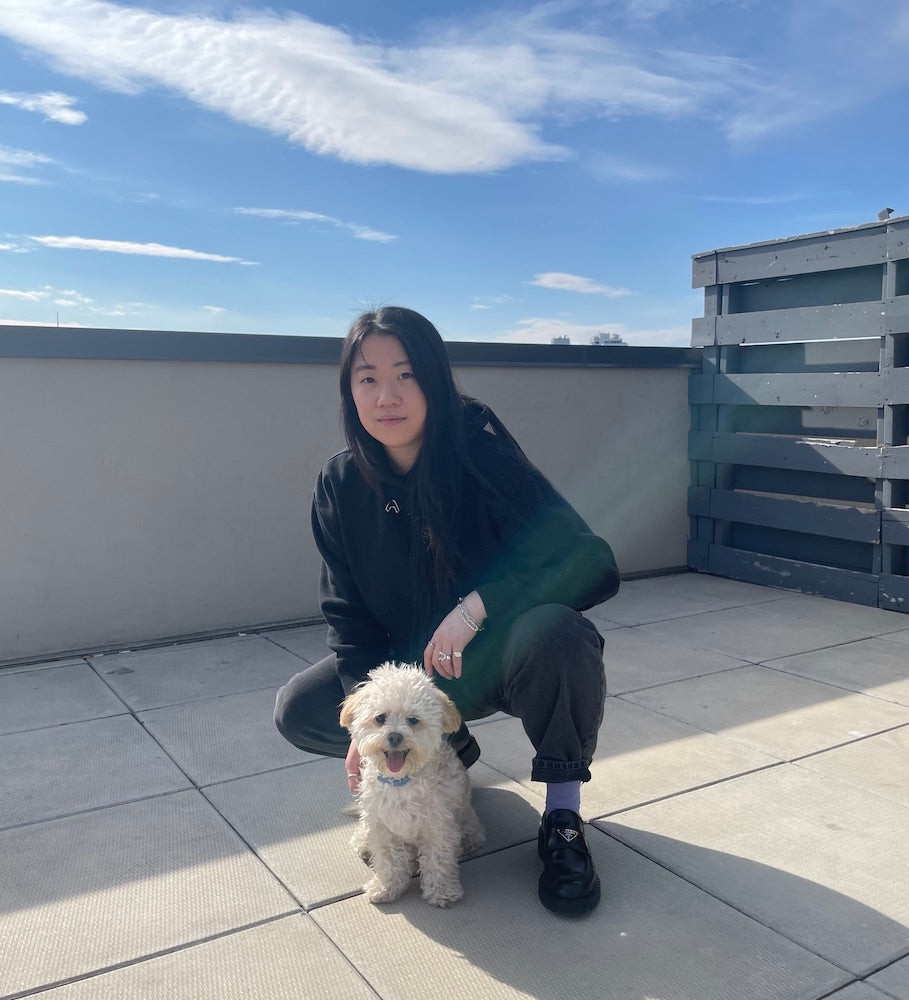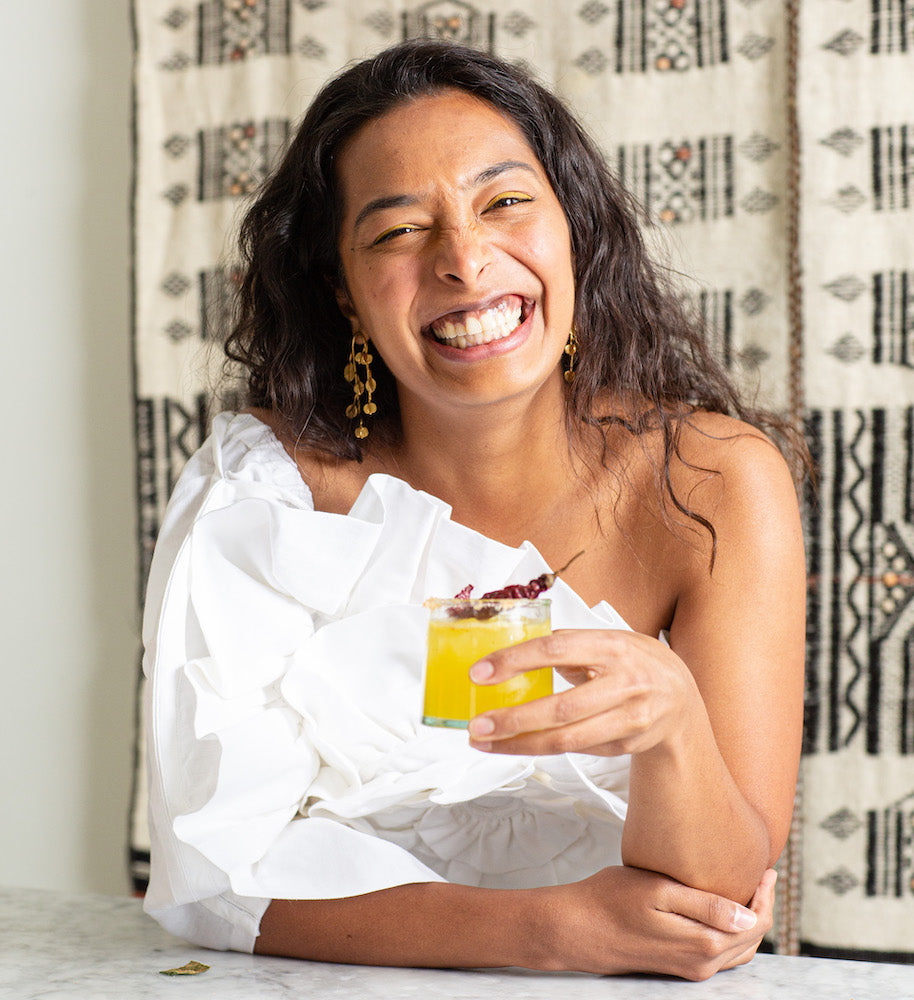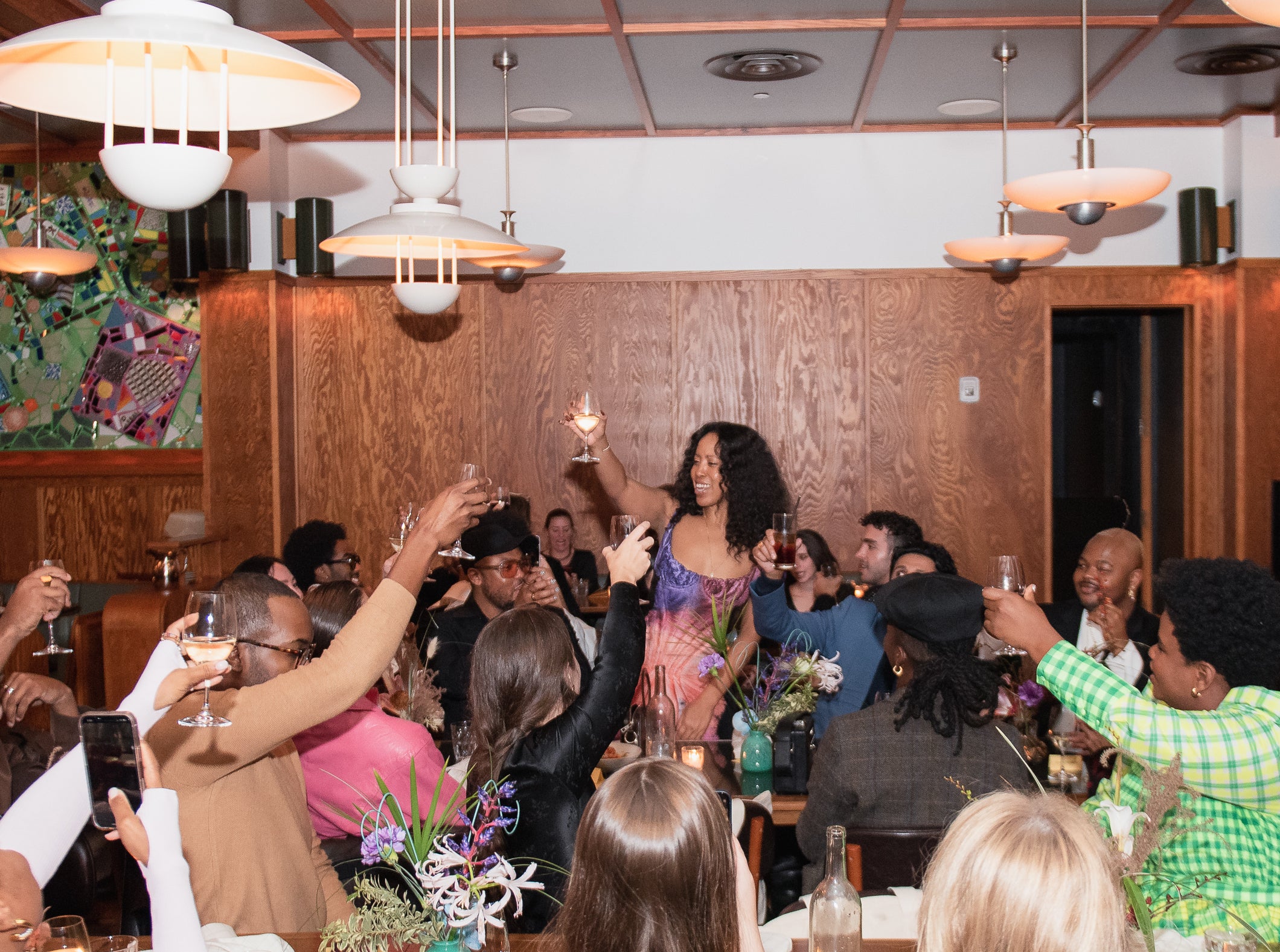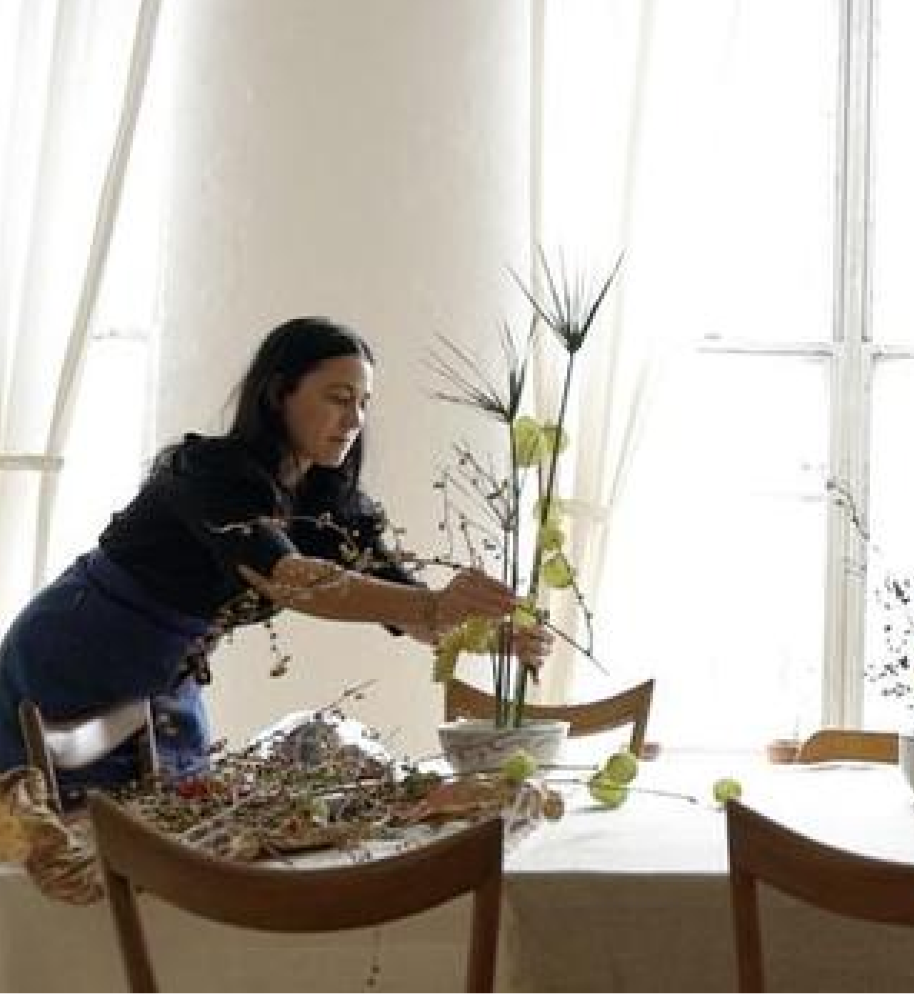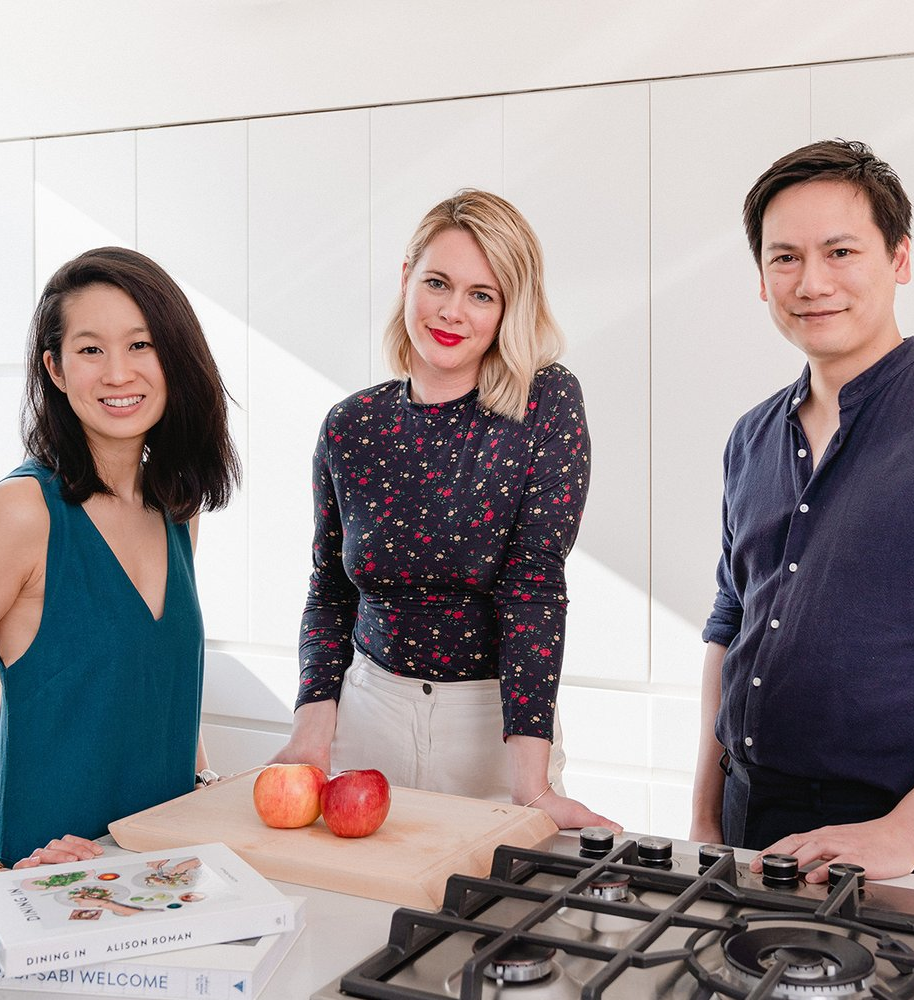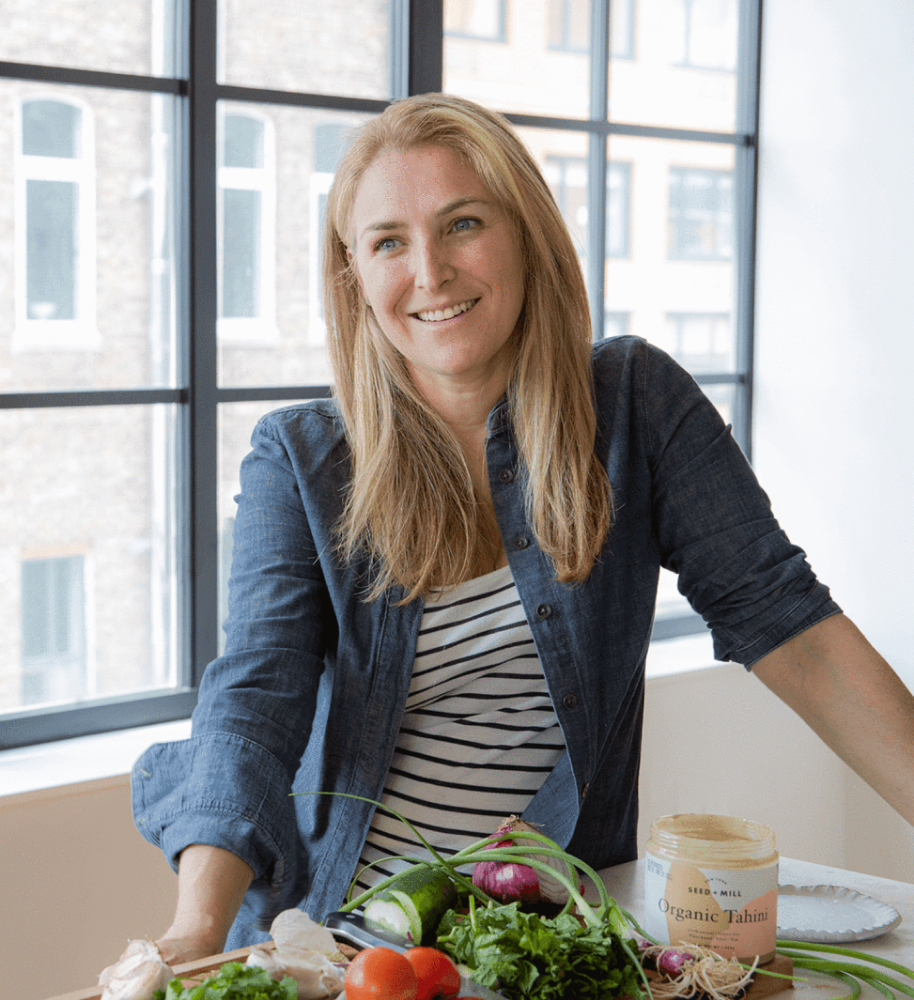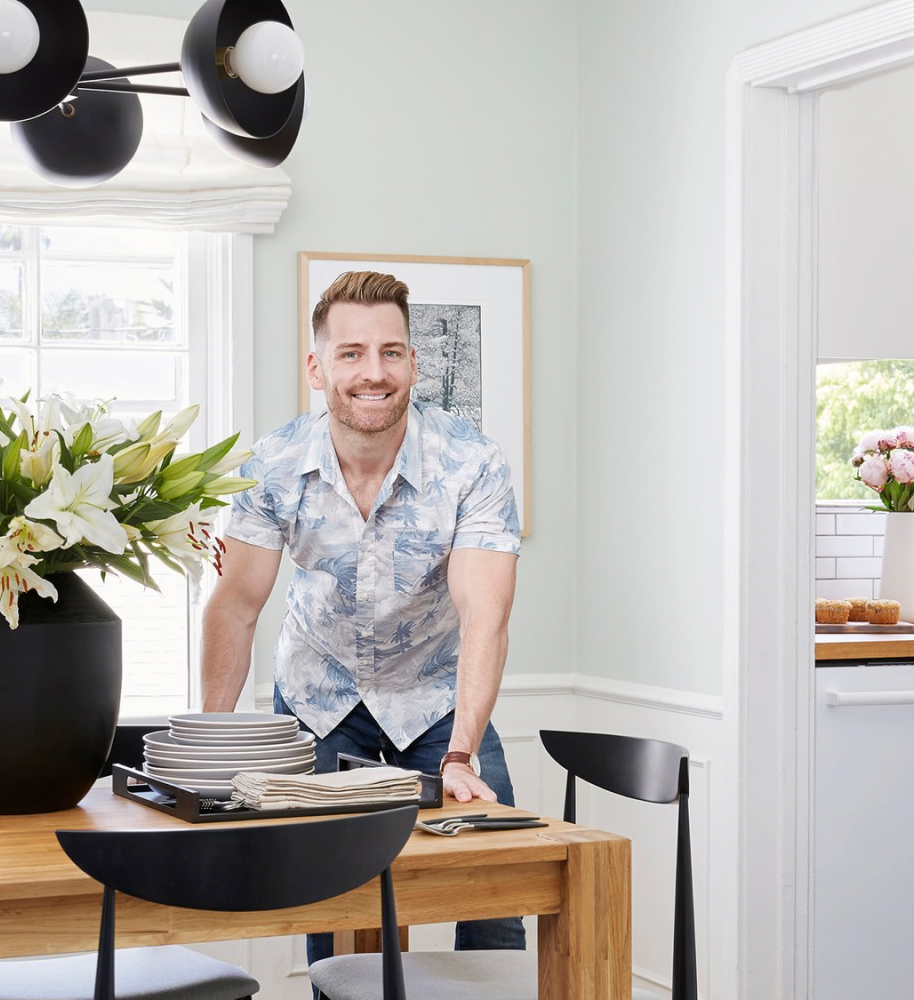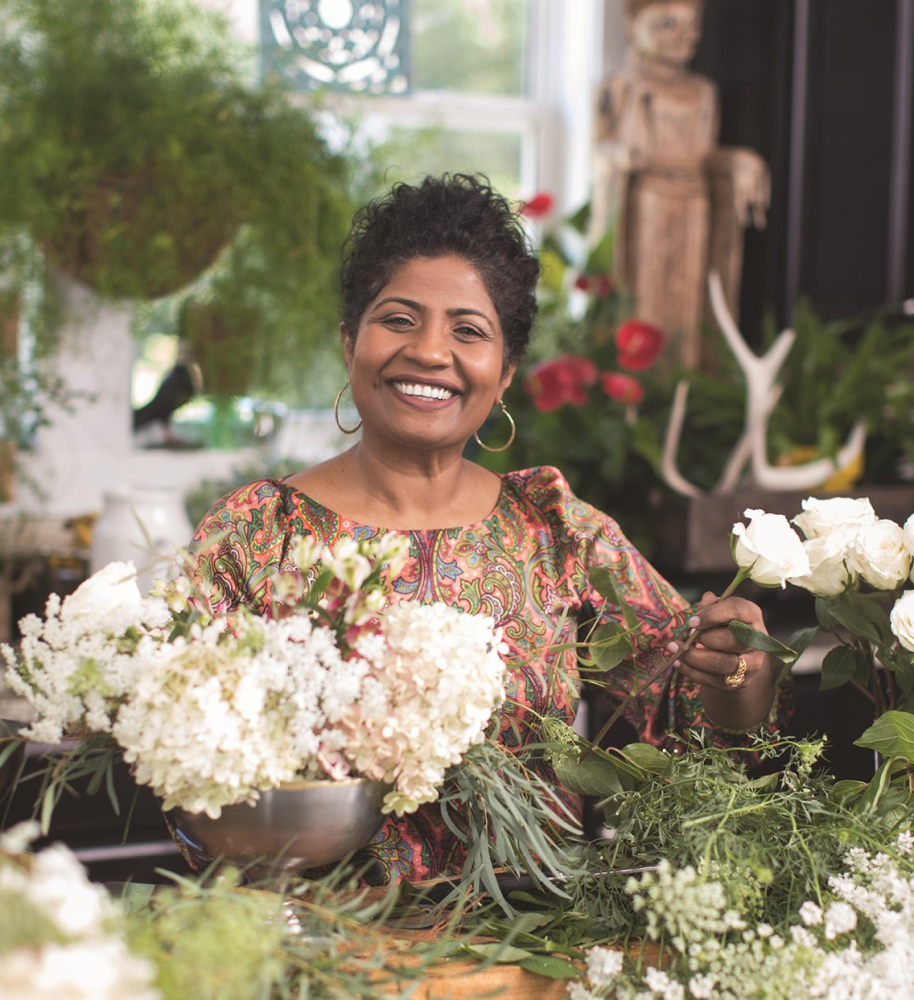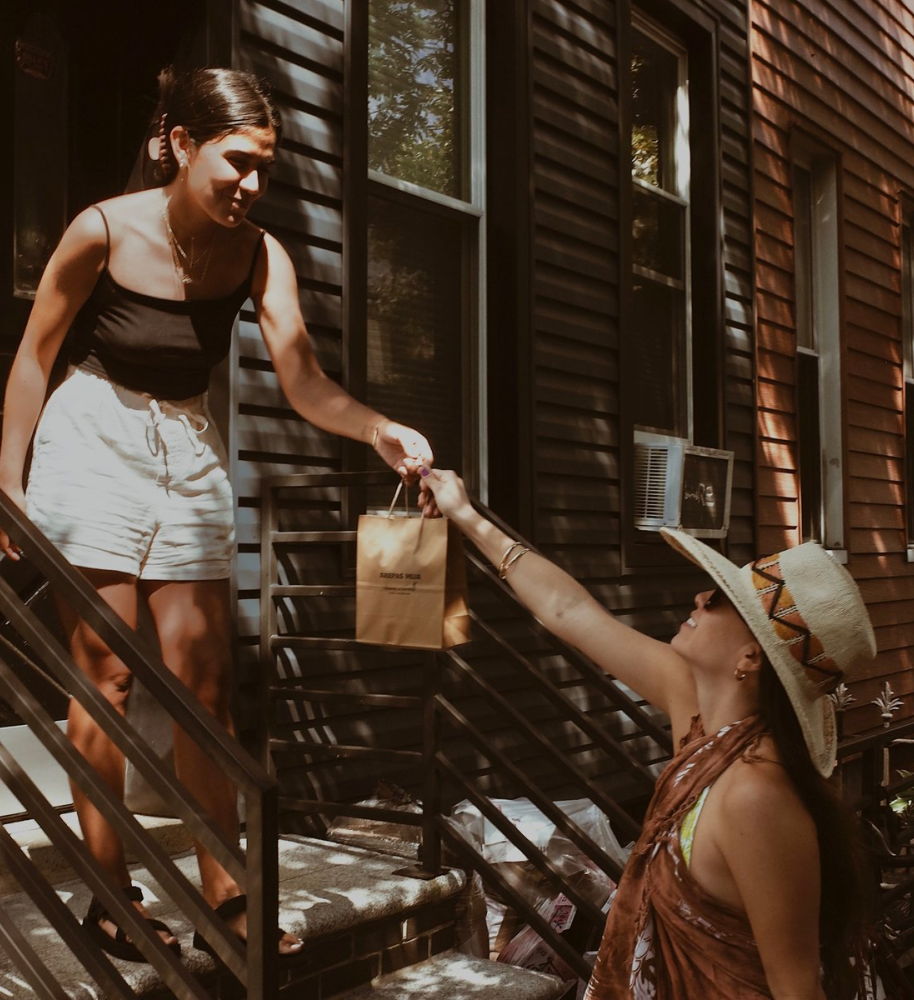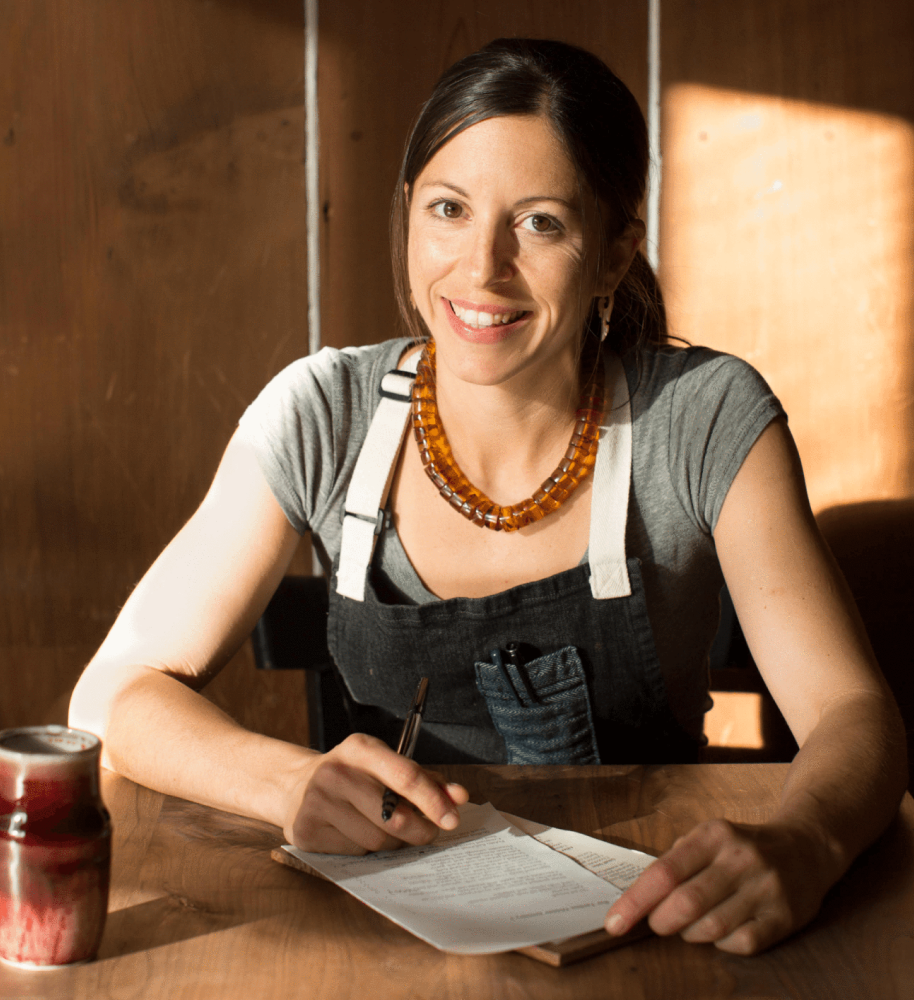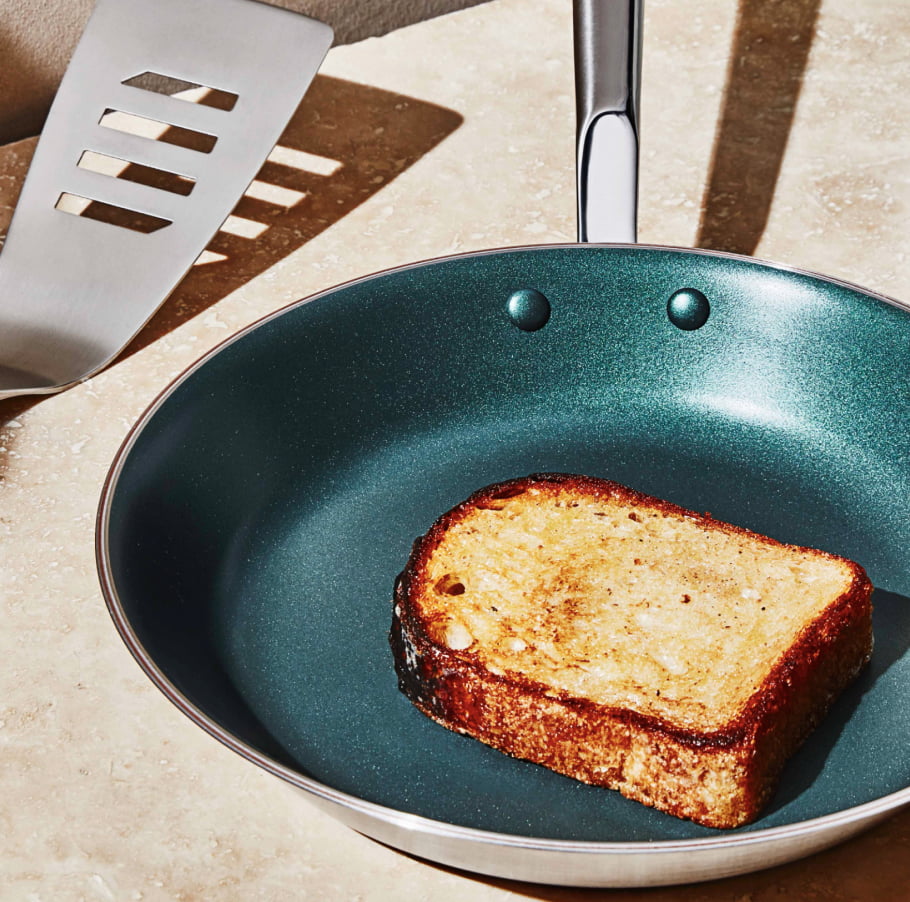Throughout the month of May, we will be highlighting four AAPI individuals whose work inspires us. From nonprofit professionals to cooks to artists, we want to celebrate the breadth and diversity of this community, and pursue new ways to support it.
Q:
What has been the biggest inspiration for your work?
A:
Until 3-4 years ago, I didn’t know a profession in philanthropy was a thing. Through a series of kismet events, I met the Siegel Family Endowment (SFE) team and became enamored with their mission and approach. At SFE, we’re encouraged to find partners that may be overlooked by other funders. We are pushed to experiment and support innovative solutions, despite the risk of potential failure. All in all - I love it when a well deserved underdog wins and am happy to support that work.

Q:
The AAPI community is an incredibly diverse one. What’s one way that you want to redefine what it means to be AAPI?
A:
The AAPI is an empowered and philanthropic community. The model minority myth is just that - a myth. We do not have to limit our goals and ambitions because of a glass or bamboo ceiling. Glass is breakable and bamboo can be burned down.
With Siegel Family Endowment's partnership with Material, our goal is to explore an innovative way to provide grants to organizations while helping entrepreneurs of color. On a larger scale, I hope to support and encourage new donors, particularly those giving back to the BIPOC community.

Q:
Who in the AAPI community do you look to that everyone should know about?

A:
Long before the recent surge in Asian American philanthropic giving, Kyung B. Yoon (President of Korean American Community Foundation) has been a longstanding leader in building philanthropy and investments to address critical needs in the Asian American community. Early on, Kyung recognized the immense harm the model minority myth had on the underserved Asians in NYC. She had the foresight to build an educated and responsible group of Korean American donors to further the cycle of philanthropy and invest in long-term solutions for the community. For almost two decades, Kyung has developed KACF as a leading funder of Korean and Asian American community organizations in the Greater New York City area. While NYC is the home to some of the largest philanthropic organizations, such as Ford and Rockerfeller, her election to Board Chair of Philanthropy New York is a testament of the respect and impact she’s made in this field and to KACF’s innovative participatory grantmaking approach.
Q:
What’s your most-loved Asian pantry item?
A:
Gochujang (Korean red chili paste) - It’s great to use for a marinade, dipping sauce, and the main ingredient for my favorite quick dinner recipe.

Q:
What's one AAPI restaurant you're most excited to return to?

A:
Jongro BBQ - It’s been the site for post Sunday church service lunches, birthday celebrations, family dinners, work outings, and late night tomfoolery.
Q:
What has been the biggest inspiration for your work?
A:
In terms of my photography, a lot of my inspiration comes from the works of both ancient and modern architecture in South East Asia. There is a bold and elegant style to the way color, shapes, and composition come together that I deeply admire. My cooking and the flavors and techniques I use all owe their origins to the style of cooking and the ingredients used in Asia. There are many APPI artists and cooks that inspire me but some of my favorites include the late Zarina Hashmi, Grace Young, Julie Sahni, Madhur Jaffrey, and Kiam Lam Kho.

Q:
The AAPI community is an incredibly diverse one. What’s one way that you want to redefine what it means to be AAPI?
A:
Personally, I would love to see more representation of LGBTQ people within the AAPI community. Though we’ve made a lot of progress over the years, there’s still lots of work to be done and mindsets to be changed within our own community.


Q:
Who in the AAPI community do you look to that everyone should know about?
A:
Some of the people I admire and I feel everyone should follow are Sana Javeri Kadri of the spice company Diaspora Co. who questions social norms and works hard for equity. Soleil Ho, the restaurant food critic at the San Francisco Chronicle whose writing shakes up the very conventions were so accustomed to accepting at face value.

Q:
What's one AAPI restaurant you're most excited to return to?

A:
Without any hesitation it has to be Joy! in Los Angeles. Every item on their menu is a bite of pure unbridled joy (no pun intended).
Q:
What’s your favorite Asian/AAPI pantry item?
A:
I recommend the Chili Crisp Oil by Lao Gan Ma or Brooklyn Delhi's Tomato Aachar (Indian Tomato Pickle).


Q:
What has been the biggest inspiration for your work?
A:
Very realistically? Fear. A lot of my creativity and best work stems from situations where I'm terrified of failing or disappointing people, especially when I'm in an unfamiliar environment. To be alone while on assignment in a foreign country means that there is always a risk of coming home without any usable film. That is essentially nightmare fuel for me. It's so hard to plan ahead for on-location travel jobs. You can't predict where and when people will be congregating in a foreign city, especially when you want to capture natural moments. When my back is against the wall, my brain seems to kick into a second gear, and that's when I've usually made some of my most memorable photos. I wish I could say something sexy, like that Wong Kar Wai films or Robert Frank are my main inspirations, but it's really just fear of failure.

Q:
The AAPI community is an incredibly diverse one. What’s one way that you want to redefine what it means to be AAPI?
A:
I think we've come a long way from even 10 years ago, but I want the younger generation to know that it's possible to succeed as an AAPI creative. I never really considered photography as a viable career growing up because my parents instilled in me that STEM was the one and only option for success. If I had seen more successful Asian photographers growing up, perhaps I would have seen and known that it was okay to believe in myself. I don't want people to view being AAPI as a crutch or a weakness, but rather a strength.


Q:
Who in the AAPI community do you look to that everyone should know about?
A:
Lucas Sin is secretly doing some of the most important work for Chinese food in America right now. I love that he highlights traditional cuisine, while also taking moments of creative liberties to push Chinese food to another level. He's constantly paying homage to the global Chinese diaspora, while educating people through the scope of recipes. He'll turn a Hong Kong-style borscht recipe into an 30 min dialogue on how the WWII Japanese occupation of China caused Shanghainese Russians to flee to Hong Kong. I love that what he puts out creates positive discourse, while also getting people to try and be curious about Chinese food.

Q:
What's one AAPI restaurant you're most excited to return to?
A:
I have been dreaming about getting to see my friends over at Khao Noodle and Sandwich Hag over in Dallas again! As much as I love New York's food scene, I haven't seen anything like Donny's Laotian cooking or Reye's insane pork sausage banhmi out here.


Q:
What's one Asian food pantry item you can't live without?

A:
Lately, I cannot live without S&B Chili Oil. It's not like Lao Gan Ma, but basically Japanese garlic-crunchy MSG goodness. It goes amazing with eggs, noodles, rice, whatever you want!
Q:
What has been the biggest inspiration for your work?
A:
The biggest inspiration for my work has been my family and the Chinatown community. I am always reminded that my and WOW’s work moves at the speed of trust, love, and community building.

Q:
The AAPI community is an incredibly diverse one. What’s one way that you want to redefine what it means to be AAPI?
A:
I am redefining what it means to be AAPI by creating an alternative narrative outside of the model minority myth while building a space for women, queer, and trans AAPI young people to thrive and be celebrated.

Q:
Who in the AAPI community do you look to that everyone should know about?
A:
Everyone in the AAPI community should know about artist and filmmaker Jess X. Snow. Jess and I recently finished a mural project on a wall in the heart of Chinatown, a mural created in response to the anti-Asian violence, envisioning a future of safety and intergenerational love and embrace for our Asian community. Jess inspires me in how they are always working toward a future of collective healing and liberation for BIPOC folks in their practice and being.


Q:
What's one AAPI restaurant you're most excited to return to?

A:
So many! I have to plug Chinatown institution and neighbor Hop Lee. Their food is what I grew up on and nothing beats their neon-lit fish tank, red leather booths, and vintage porcelain restaurantware.
Q:
What's one Asian food pantry item you can't live without?
A:
I can’t live without my Thai Maekrua oyster sauce but I also have recently been putting my Lee Kum Kee mushroom bouillon powder into all my soups for an extra umami flavor and it’s been so so delicious!


